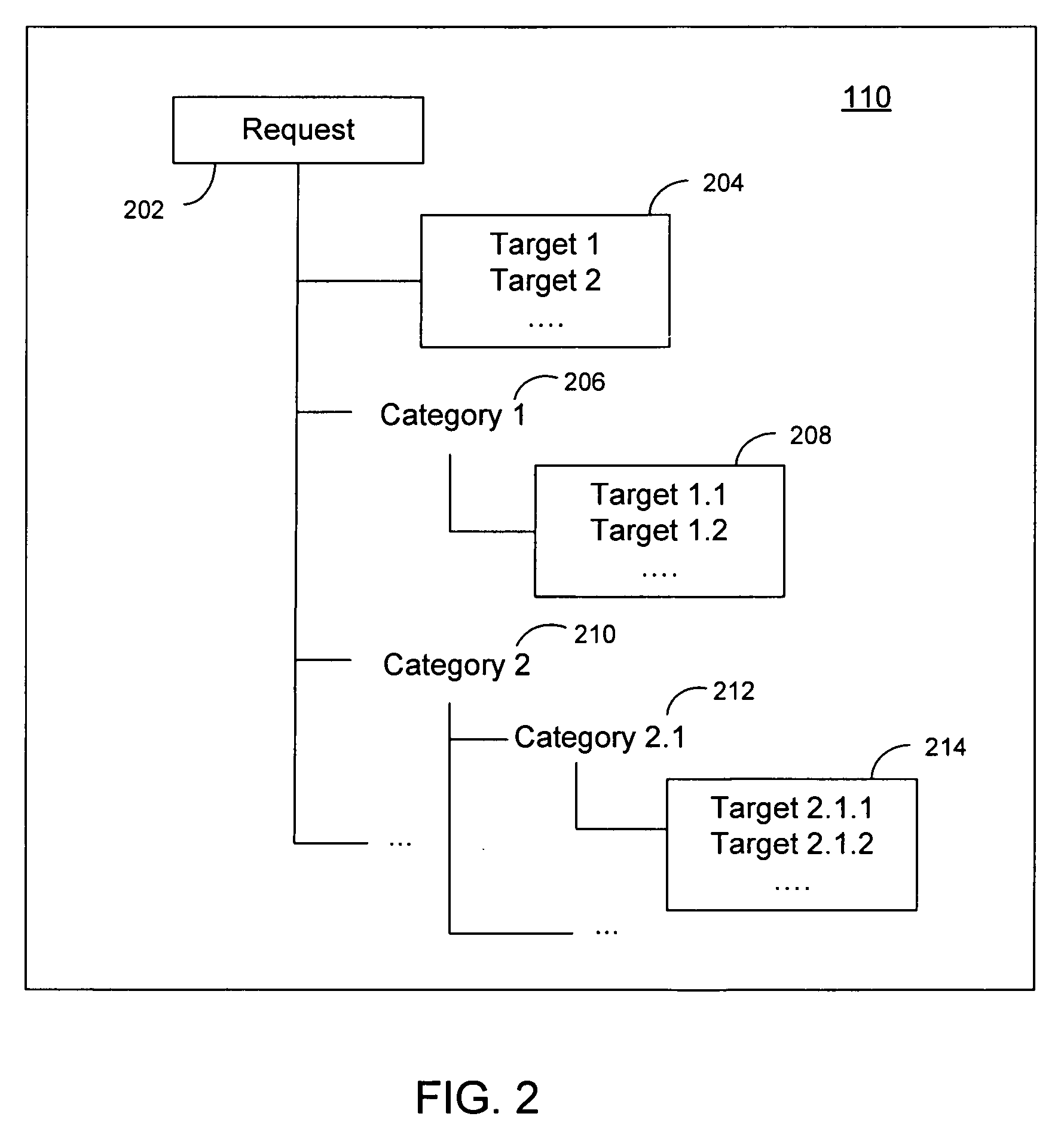Method and system for automatically building natural language understanding models
a natural language and model technology, applied in the field of natural language understanding, can solve the problems of limiting the extent of acceptable “natural” language input, difficult to write and debug, and becoming more complex, so as to maximize the interpretation performance of language interpretation, the effect of maximizing the interpretation of those targets and maximizing the interpretation accuracy
- Summary
- Abstract
- Description
- Claims
- Application Information
AI Technical Summary
Benefits of technology
Problems solved by technology
Method used
Image
Examples
Embodiment Construction
[0035]The invention disclosed herein concerns a system and method for building a language model representation of an NLU application. The invention can create a plurality of language models optimally configured for interpreting a language input request. The interpretation can reside at one of several levels in a hierarchy as shown in FIG. 1—the high levels or category levels provide broad interpretation, whereas the low levels or sub-category levels provide deep or narrow or specific interpretation. The lowest level is referred to as the target of the interpretation. This hierarchical representation of categories, sub-categories and end targets could be for one or more separate features, where a feature refers to specific class or type of interpretation. For example in the request, “I would like the price for a laser printer” features could be the type of request (price request) and the object of the request (laser printer). The language model representation consists of multiple lan...
PUM
 Login to View More
Login to View More Abstract
Description
Claims
Application Information
 Login to View More
Login to View More - R&D
- Intellectual Property
- Life Sciences
- Materials
- Tech Scout
- Unparalleled Data Quality
- Higher Quality Content
- 60% Fewer Hallucinations
Browse by: Latest US Patents, China's latest patents, Technical Efficacy Thesaurus, Application Domain, Technology Topic, Popular Technical Reports.
© 2025 PatSnap. All rights reserved.Legal|Privacy policy|Modern Slavery Act Transparency Statement|Sitemap|About US| Contact US: help@patsnap.com



